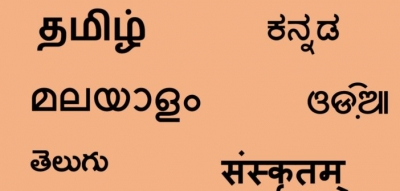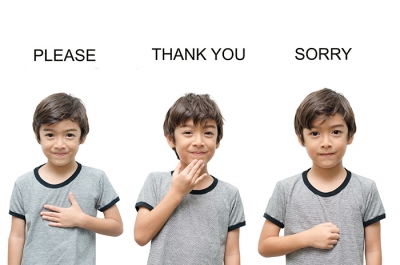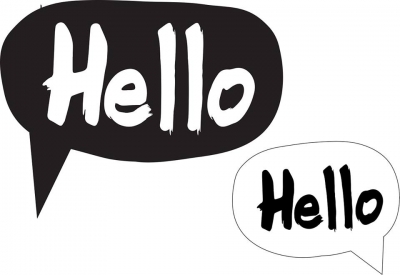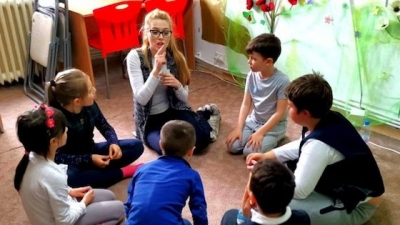Why is Bengali not in the list of classical languages of India?

At present there are 6 languages which are marked as classical language in India.
- Tamil (declared in 2004)
- Sanskrit (2005)
- Kannada (2008)
- Telugu (2008)
- Malayalam (2013)
- Oriya (or Odia) (2014)
The reason why Bengali is not in this list is - Bengali has been derived from Magadhi-Apabhransha which is again derived from Sansrit-Prakrit. Unlike the classic languages which predates bengali and are more of a direct language.
According to information provided by the Ministry of Culture in the Rajya Sabha in February 2014, the guidelines for declaring a language as ‘Classical’ are:
“(i) High antiquity of its early texts/recorded history over a period of 1500-2000 years;
(ii) A body of ancient literature/texts, which is considered a valuable heritage by generations of speakers;
(iii) The literary tradition be original and not borrowed from another speech community;
(iv) The classical language and literature being distinct from modern, there may also be a discontinuity between the classical language and its later forms or its offshoots.”
Bengali does not satisfy all the criteria mentioned above.
Credit : Quora
Picture Credit : Google


